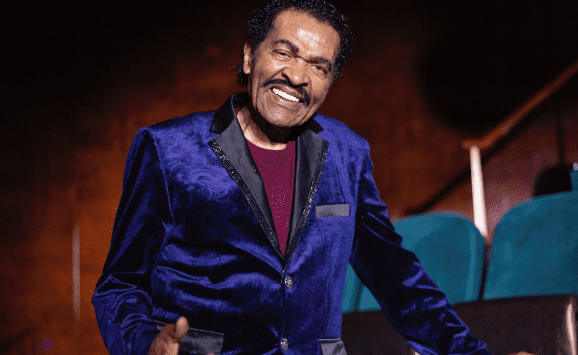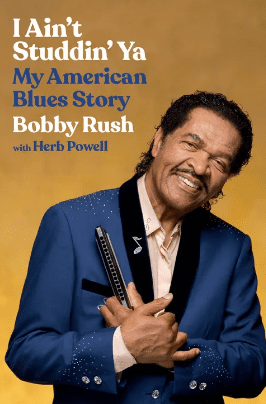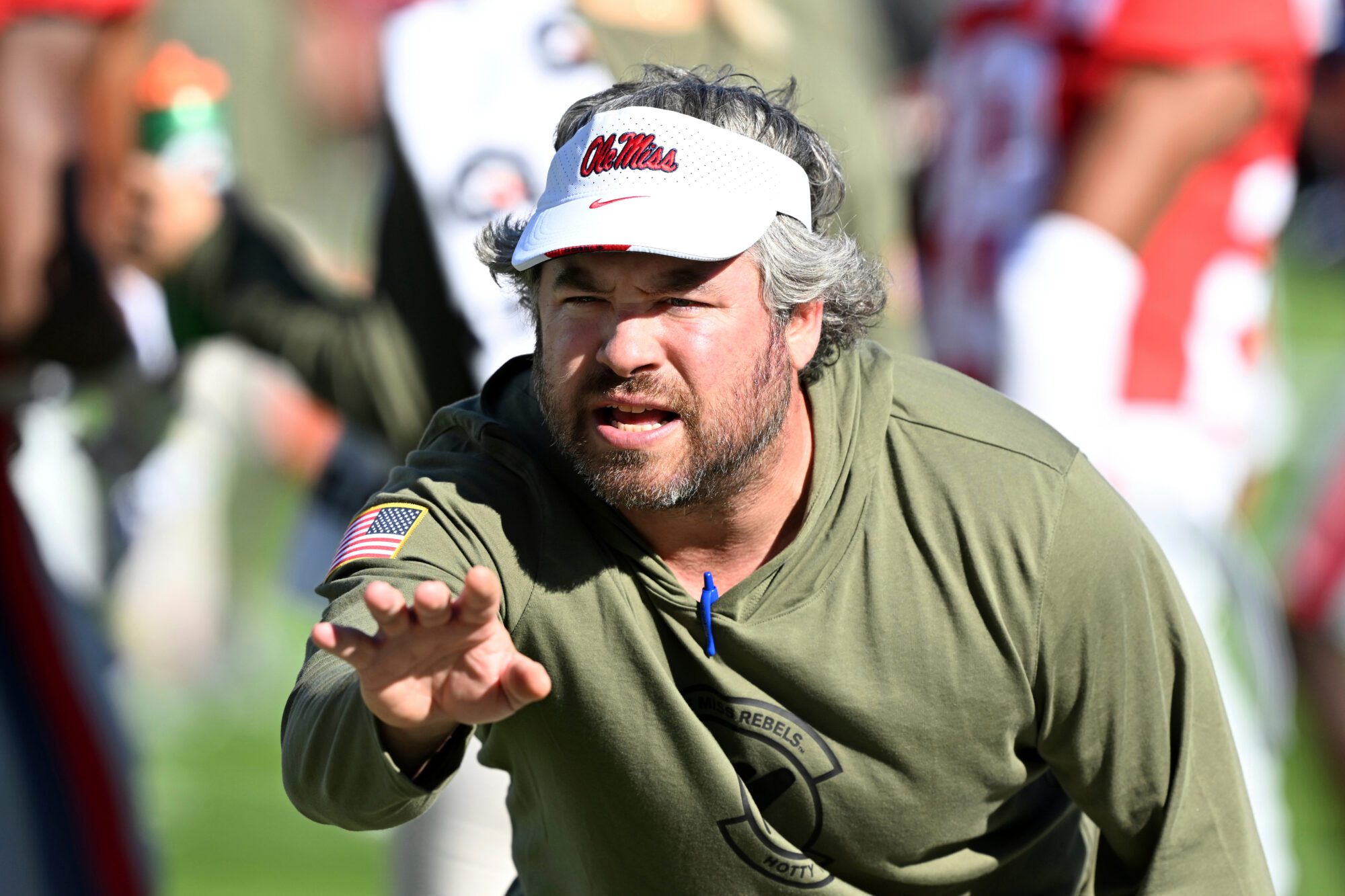
Bobby Rush (Photo: Laura Carbone)
- At 90, the three-time Grammy winner has new music, a documentary and more on the way.
Blues entertainer Bobby Rush has shared the marquee with a lot of legendary names during his nearly 75-year career as an artist, songwriter and performer. On at least one occasion, he says, he shared the lion’s share of his wages with them, too.
Chicago in the late 1940s and early 1950s — home of Chess Records and the nascent electrified blues sound — was where every blues and R&B artist wanted to be, and like the rest of them, Rush was determined to do what was necessary to get there. But first, he needed money.
Enter the Rabbit Foot Minstrels, a traveling Black vaudeville show based in Port Gibson. Rush, then still known by his birth name, Emmett Ellis Jr., witnessed their performance in Pine Bluff, Ark., and though just 13, he knew he wanted in on the experience. After making the trek on a Greyhound bus, he landed a gig with the troupe and spent the next few months honing his performance skills and becoming Bobbyrush — a moniker inspired by pseudonyms like Muddy Waters and Howlin’ Wolf that nodded to his fast-walking, fast-talking demeanor.
In 1953, Rush stepped onto Beale Street, where he met Rufus Thomas, another graduate of the Rabbit Foot Minstrels school of performance, who showed him how to work the crowds in Memphis. With a few more bucks in his pocket, he headed to St. Louis, Mo., and tracked down bluesman Albert King, who was knocked out enough to put Rush on a show that night. To his delight, King paid him enough to get to Chicago with about $15 left over.
Finally in the Windy City, Rush began to establish his name in town. At the city’s famed Cotton Club, Rush got a boost from McKinley Morganfield, who had come north from Stovall Plantation near Clarksdale a decade earlier. Now known as Muddy Waters, the biggest draw on Chicago’s South Side, he lent his name to the show bill for Rush — for a fee.
“I wanted to make a big name for myself, because if Muddy Waters was on the show and I was on the show for Muddy Waters, my name could be in the light,” Rush says. “So, I agreed to pay Muddy Waters five dollars and fifty cents for a Wednesday night.”
Waters made good on the deal, stepping onstage to perform a song with Rush and calling on the audience to support his friend. But the scheme put a dent in Rush’s earnings, leaving him just two bucks to pay himself and his band. It may have hurt his pride and pocketbook, but the decision was sound. If only it were the last hard truth he would encounter in the music business.

In a tale Rush recounts in his 2021 autobiography, I Ain’t Studdin’ Ya: My American Blues Story [Hachette], a collection of adventures both good and bad from his long journey to blues stardom, Monticello native J.B. Lenoir put him on a gig outside of the city playing for a white audience. But there was an unsavory catch for the up-and-coming performer, one he didn’t fully grasp at first.
“We had to play behind a curtain every night,” he adds. “They wanted to hear my music, but they didn’t wanna see my face.” Rush made the most of the situation, inviting girls to his performance unbeknownst to the audience, but the revelation that Chicago wasn’t truly open to him stung.
“I was hurt so bad, because I came from the South where I couldn’t go in restaurants, couldn’t associate where I would like to, especially couldn’t come to certain bars, no hotels,” he says. “I thought when I got to Chicago, there’s gonna be freedom like in heaven for me. But when I got that reminder with the curtain, I found out I still wasn’t free.”
While his autobiography illuminates the integral role Rush played in the rise of blues and R&B, it also serves as a testament to his independence. For example, when other artists from the Black clubs crossed over to play for white crowds, he says, they “crossed out” their core audiences.
“When Little Richard crossed over, he didn’t really write for Black people anymore,” he says. “I’m the only Black man left that proceeded to be proud to be Black, and crossed over but didn’t cross out.”
Instead, white audiences largely came to him, and long after his 1971 R&B hit “Chicken Heads” solidified him as the “king of the chitlin’ circuit,” Rush’s audiences continue to grow. Now, his efforts have earned him a trio of Grammy Awards to sit alongside his 18 Blues Music Awards, and his music resonates with cross-racial audiences. And at 90 years old, he’s comfortable with his elder-statesman role but not even close to being done with music.
Currently, a documentary on Rush is in production, and a musical based on his life called “Slippin’ Through the Cracks” has had successful readings in Jackson, Chicago and New York. He just returned home to Jackson from a European tour, and he has performance dates scheduled well into 2025, as well as new music slated for release in the new year.
Rush’s perspective on navigating the music business through difficult eras in American life, and to today where he’s earning more accolades and performance fees than ever before, is simple and instructive. And like his attitude, it hasn’t changed one bit over the years.
“You just gotta deal with what’s on the table,” he says.











